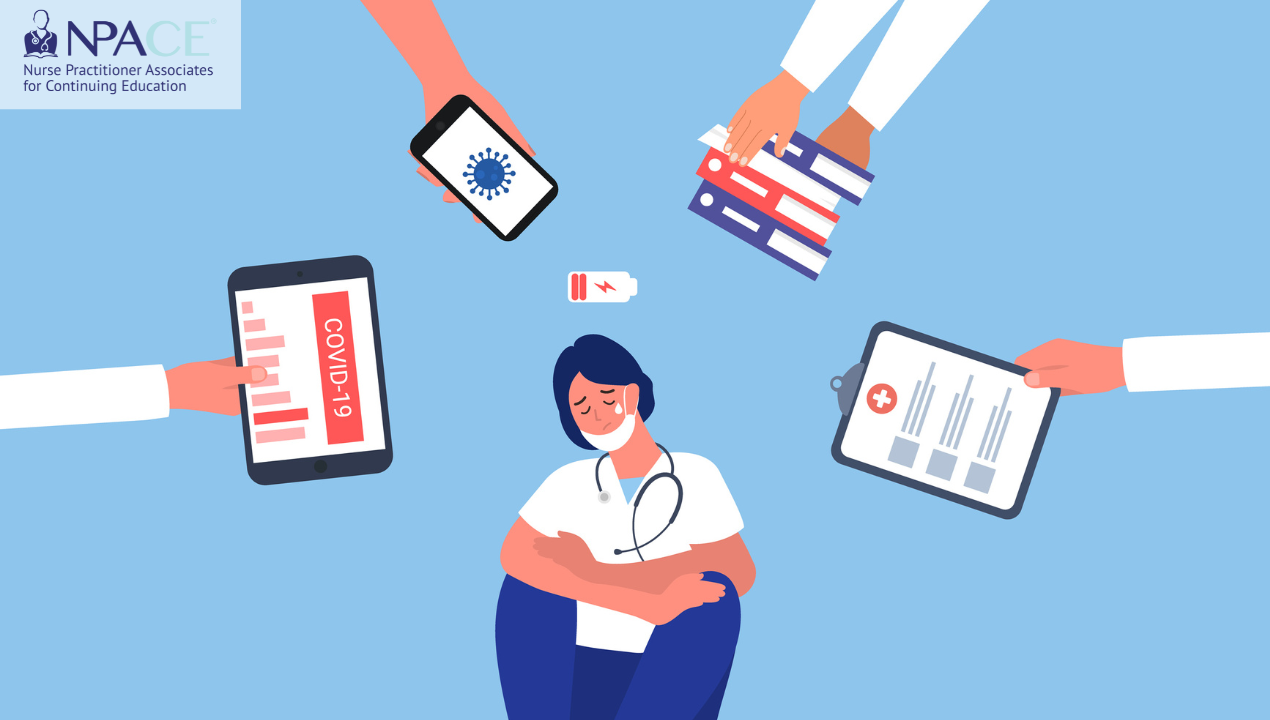A Healthy Patient: More Than a New Year’s Resolution
By: Indira Maurer, DNP, FNP-C
3 min read
NPACE : Jan 9, 2025 8:10:41 AM

Post - Holiday Fatigue or Sleep Apnea, What Did Santa Bring Me This Year?
Lisa Mathis MSN, FNP-BC
The hustle and bustle of the holidays can bring a plethora of complaints to your office. All of the shopping and parties, along with playing Santa can cause excessive fatigue. When the patient presents to the office for a visit and the chief complaint is “Severe Fatigue”, what do you think? We immediately go to labs, is it the thyroid, are they anemic, what is the B12 level? What if they come back to normal? Unfortunately, as clinicians, we will call the patient and say, “I have great news, your labs all look normal, so get more rest and I’ll see you in 6 months.” But is this the answer? Are we doing all we can to appropriately treat this patient? As APPs, we pride ourselves in going above and beyond. Taking that extra time with the patient and collecting the little details. Let’s try this instead….
When a patient presents with severe fatigue, labs are normal. Ask some simple questions.
(There are questionnaires you can place in your exam rooms)
These are only a few to help you determine if the patient may have another issue such as Sleep Apnea. This is an often-missed diagnosis and the main reason it is missed is due to clinicians not taking the time to really look at a person and ask the right questions.
Sleep apnea is a grossly underdiagnosed problem that has devastating effects on a patient’s life. The early treatment of OSAS can prevent a multitude of health conditions such as Pulmonary hypertension, polycythemia, stroke and death to name a few. Sleep apnea is prevalent in as many as 18 million Americans alone. This statistic denotes that approximately 1 in every 15 Americans, or 6.62% of the total American population have a case of sleep apnea. (1)
One common mistake we make as clinicians is we look only at the body habitus. If we see a very obese person, we may then have that light bulb moment where we consider OSAS. This can be an error in many ways. When ANY patient regardless of body habitus has the above-mentioned issues take the time to look at the airway. The skinny, tall patient can have huge tonsils causing an obstructive airway. If there is a significant other in the room ask if they snore, do you hear them gasp or stop breathing when they sleep.
Due to sleeplessness and lack of ability to concentrate which are associated with apnea, sufferers are six times more likely to die in a car accident. The National Highway Traffic Safety Administration has stated that drowsy driving is responsible for, at the very least, 100,000 car accidents, 40,000 injuries, and 1,550 deaths per year. (1) When you factor in that statistic for a truck driver, it can be quite alarming.
When you complete the history, examine the airway to determine the Mallampati score. This assessment is performed while the patient sits with their head in a neutral position and their mouth open. Since there appears to be a correlation between sleep-disordered breathing and a higher risk of intubation, patients who receive a Mallampati score of 3 or 4 are often considered to be at increased risk of OSA. (2)
Have a talk with the patient and explain in terms they can understand what exactly sleep apnea is, how it can make them feel, and the long-term effects. Treating OSAS can change a person’s life and make them feel so much better they will love you for it.
The next step is ordering the appropriate testing. A nocturnal polysomnography (sleep study) will need to be ordered either by you or a Certified Sleep Center /provider. Some offer these at home and others must be in a Sleep center. Either way encourage the patient to go and see if this is the cause of the severe fatigue they are having. The test can give a wealth of information even if OSAS is not the issue. Such as nocturnal hypoxia, or restless leg syndrome.
So going forward in this bright new year, challenge yourself to identify these patients and get them treated early. Treatment of OSAS will help with other diagnoses such as uncontrolled hypertension, anxiety and depression, migraines, and once again severe fatigue. Many resources are available for you to place in your office to help identify these patients early.
The National Sleep Foundation: https://www.thensf.org/
‘The doer alone learneth.’ – Friedrich Nietzsche
https://www.sleepfoundation.org/sleep-apnea/mallampati-score
By: Indira Maurer, DNP, FNP-C
2 min read
Watching the Science of Health Advance: The Joy of Years in PracticeBy: Terri Schmitt PhD, APRN, FNP-BC, FAANPExecutive Director, NPACE
New Year, New Beginnings: Why professional development matters now more than ever – a call to action for all clinicians!By: Terri Schmitt PhD, APRN,...